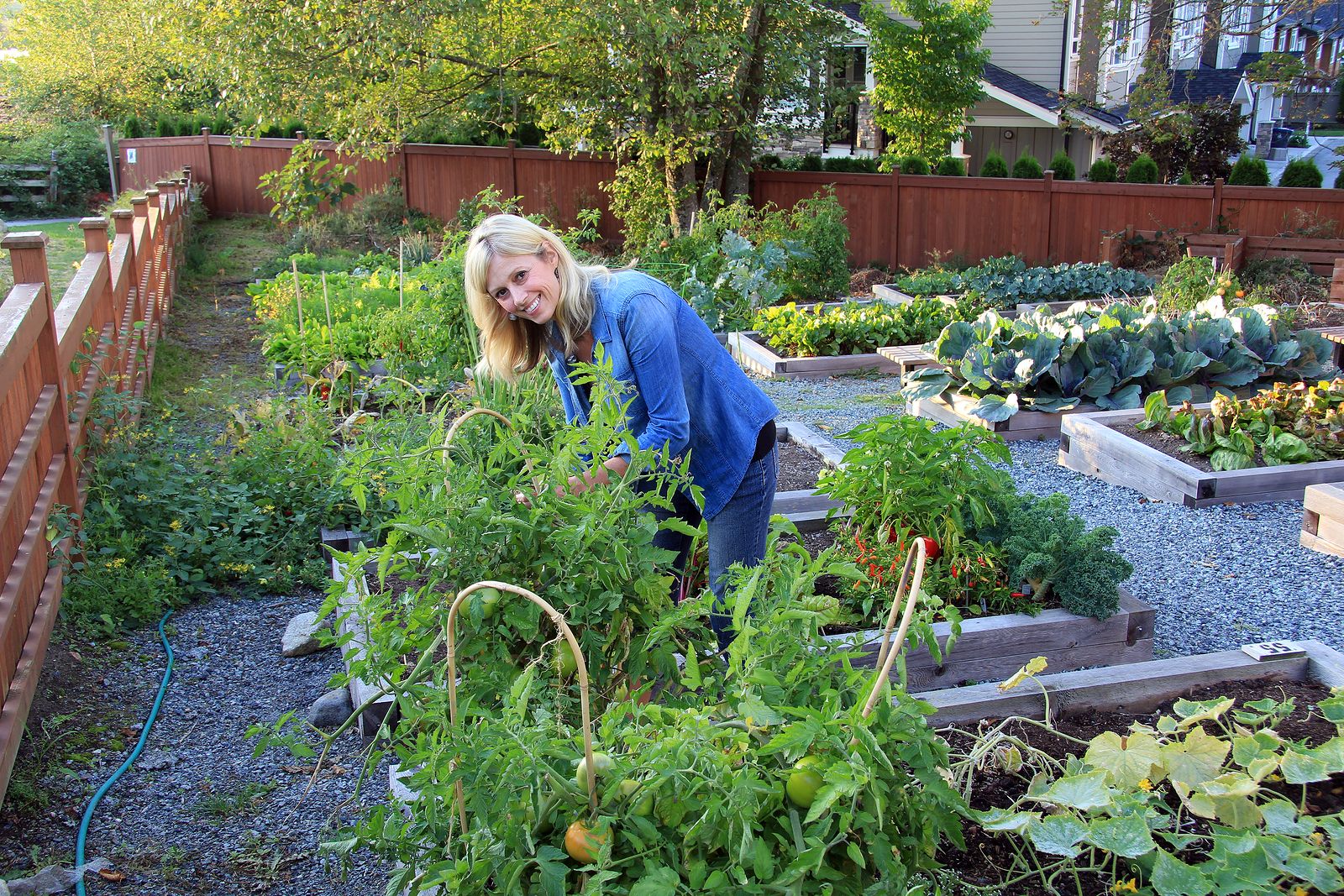
Vertical Gardening: Troubleshooting Common Issues for Successful Gardens
Introduction
Vertical gardening has become increasingly popular in recent years, offering a practical and space-efficient solution for urban dwellers and gardening enthusiasts alike. This article explores the concept of vertical gardening, its relevance, and the growing popularity it has gained. Additionally, it highlights the importance of troubleshooting common issues that arise in vertical gardens, ensuring successful and thriving plant growth.
Historical Background
The practice of vertical gardening has a rich history, dating back to ancient civilizations like the Hanging Gardens of Babylon. Over time, vertical gardening has evolved into a modern technique that maximizes limited space for greenery. Understanding the origins and evolution of vertical gardening provides a valuable context for troubleshooting common issues encountered in this innovative gardening method.
Key Concepts and Definitions
To delve deeper into the troubleshooting process of vertical gardens, it is crucial to define the key concepts and understand the benefits of vertical gardening. Vertical gardening refers to the practice of growing plants vertically on walls or structures, utilizing space efficiently and adding aesthetic appeal to indoor or outdoor environments. The benefits of vertical gardening include maximizing limited space, improving air quality, reducing energy consumption, and enhancing the aesthetic appeal of the surroundings. Additionally, understanding the components of a vertical garden system, such as lighting, irrigation, and soil quality, is vital for troubleshooting any issues that may arise.
Main Discussion Points
Point: Common Lighting Issues
Insufficient light levels can hinder plant growth in vertical gardens. Lack of proper lighting can lead to stunted growth, yellowing leaves, and poor overall plant health. On the other hand, improper light placement can cause uneven growth or inadequate exposure to sunlight. Selecting the right type of light for the specific vertical garden system is essential, considering factors such as the type of plants being grown, the duration of light exposure required, and the intensity of light needed.
Point: Irrigation and Watering Challenges
Both overwatering and underwatering can have detrimental effects on vertical gardens. Overwatering can lead to root rot, nutrient leaching, and the growth of fungi or mold. Underwatering, on the other hand, can result in wilting, dryness, and nutrient deficiencies. Proper watering techniques, such as monitoring soil moisture levels, using appropriate irrigation systems, and ensuring adequate drainage, are vital for maintaining optimal water balance in vertical gardens.
Point: Soil Quality and Nutrient Deficiencies
Soil composition plays a vital role in the growth and health of plants in vertical gardens. Soil lacking essential nutrients or having poor drainage can hinder plant growth and increase the risk of nutrient deficiencies. Identifying common nutrient deficiencies and promptly addressing them is crucial for maintaining healthy plants. Techniques for improving soil quality, such as adding organic matter, using appropriate fertilizers, and implementing sustainable soil management practices, contribute to the long-term success of vertical gardens.
Point: Pest and Disease Management
Vertical gardens are not immune to pests and diseases. Identifying common pests and diseases that affect vertical gardens is essential for effective troubleshooting. Implementing prevention strategies, such as regular monitoring, maintaining good hygiene practices, and implementing eco-friendly pest control methods, can help minimize the risk of infestations. Early detection and timely treatment options, such as using organic pesticides or natural remedies, are crucial for managing pest and disease outbreaks in vertical gardens.
Point: Structural and Support Issues
Proper installation and maintenance of vertical garden structures are vital for the stability and longevity of the garden. Addressing stability and weight-bearing concerns ensures the safety of both the plants and the surrounding environment. Choosing the right support system for different plant types, considering factors such as weight, height, and growth habit, is crucial for preventing structural issues and ensuring healthy plant growth.
Case Studies or Examples
Real-world examples of vertical gardens facing common issues provide valuable insights into troubleshooting approaches and their outcomes. These case studies showcase successful techniques employed to overcome challenges, offering practical guidance for addressing similar issues in vertical gardens.
Current Trends or Developments
Vertical gardening continues to evolve with advancements in technology and innovative techniques. The discussion of recent trends and developments in vertical gardening helps gardeners stay updated with the latest troubleshooting solutions. Exploring innovations, such as smart irrigation systems, vertical farming techniques, and the integration of artificial intelligence, sheds light on the future of vertical garden troubleshooting.
Challenges or Controversies
Addressing conflicting viewpoints on certain troubleshooting methods or practices allows readers to consider different perspectives. Discussing challenges faced by urban vertical gardens in comparison to traditional gardens provides valuable insights into the unique issues encountered when troubleshooting vertical gardens in an urban setting.
Future Outlook
Speculating on potential advancements in vertical garden troubleshooting offers a glimpse into the future of this gardening practice. The potential impact of vertical gardens on urban agriculture and sustainability is a topic of great interest, highlighting the importance of addressing common issues for the continued success and expansion of vertical gardening.
Conclusion
In conclusion, troubleshooting common issues in vertical gardens is essential for maintaining healthy and thriving plants. Through understanding key concepts, addressing lighting, irrigation, soil quality, pest and disease management, as well as structural and support issues, gardeners can overcome challenges and achieve successful vertical gardens. By staying informed about the latest trends and developments, and considering potential advancements in vertical garden troubleshooting, gardeners can contribute to the growth of urban agriculture and sustainability.